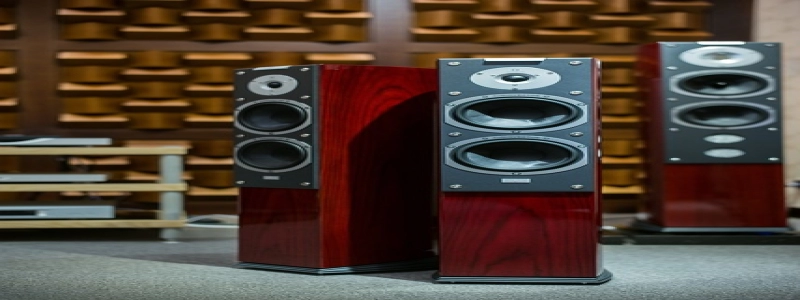SFP+ Cage
1. Introduction
1.1 Overview
1.2 Importance of SFP+ Cage in Networking
2. What is an SFP+ Cage?
2.1 Definition
2.2 Components of an SFP+ Cage
2.3 Types of SFP+ Cages
3. How Does an SFP+ Cage Work?
3.1 Functionality
3.2 Interoperability with SFP+ Modules
3.3 Signal Integrity and EMI Protection
4. Advantages of SFP+ Cage
4.1 Hot Pluggable Interface
4.2 Flexibility and Scalability
4.3 Cost-Effective Solution
4.4 High-Speed Data Transmission
5. Applications of SFP+ Cage
5.1 Data Centers
5.2 Telecommunication Networks
5.3 Enterprise Networking
5.4 High-Performance Computing
6. Challenges and Limitations of SFP+ Cage
6.1 Physical Size and Form Factor
6.2 Heat Dissipation and Power Consumption
6.3 Compatibility with Older Ethernet Standards
7. Future Development of SFP+ Cage
7.1 Higher Data Transfer Rates
7.2 Enhanced Power Efficiency
7.3 Miniature Form Factors
8. Conclusion
Introduction:
SFP+ Cage is a critical component in networking systems, enabling high-speed data transmission between devices. This article provides an in-depth analysis of SFP+ Cage, its functionality, advantages, applications, challenges, and future development.
What is an SFP+ Cage?
An SFP+ Cage is a connector that houses Small Form-factor Pluggable (SFP+) modules. It provides a standardized interface for networking equipment, allowing for easy installation and removal of optical or copper transceiver modules. An SFP+ Cage typically consists of a metal housing, a latch mechanism, and electrical connectors.
How Does an SFP+ Cage Work?
The SFP+ Cage serves as a receptacle for SFP+ modules, providing a secure connection and ensuring proper electrical contact. It enables high-speed data transmission by maintaining signal integrity and protecting against electromagnetic interference (EMI).
Advantages of SFP+ Cage:
The SFP+ Cage offers several advantages for networking systems. It supports hot pluggability, allowing for easy module replacement without shutting down the system. It also provides flexibility and scalability, as different modules can be used for different applications. Additionally, SFP+ Cage is a cost-effective solution compared to other high-speed interface options, and it enables reliable high-speed data transmission.
Applications of SFP+ Cage:
SFP+ Cages find applications in various industries such as data centers, telecommunication networks, enterprise networking, and high-performance computing. They are widely used in switches, routers, servers, and storage devices to achieve reliable and high-speed connectivity.
Challenges and Limitations of SFP+ Cage:
The physical size and form factor of SFP+ Cage may impose limitations on certain device designs. Heat dissipation and power consumption can also be challenging due to the high data transfer rates supported by SFP+ modules. Compatibility with older Ethernet standards may introduce limitations in some environments.
Future Development of SFP+ Cage:
The future of SFP+ Cage lies in the development of higher data transfer rates, improved power efficiency, and even smaller form factors. These advancements will further enhance the performance and versatility of SFP+ Cages in networking systems.
Conclusion:
The SFP+ Cage is a crucial element in networking systems, enabling high-speed and reliable data transmission. Its hot pluggable interface, flexibility, cost-effectiveness, and wide-ranging applications make it a preferred choice in various industries. With continuous advancements in technology, the future of SFP+ Cage looks promising, bringing even higher data transfer rates and improved power efficiency.








